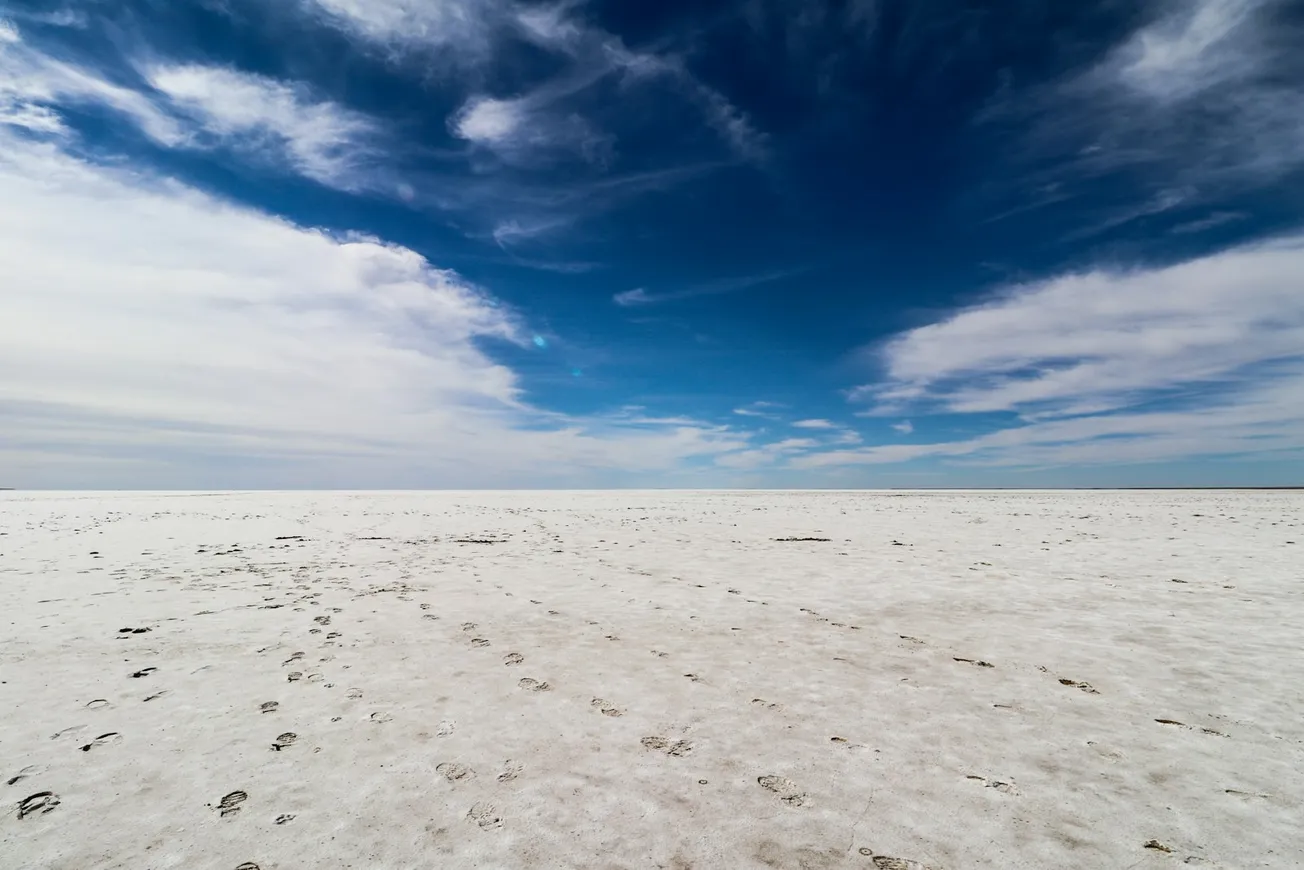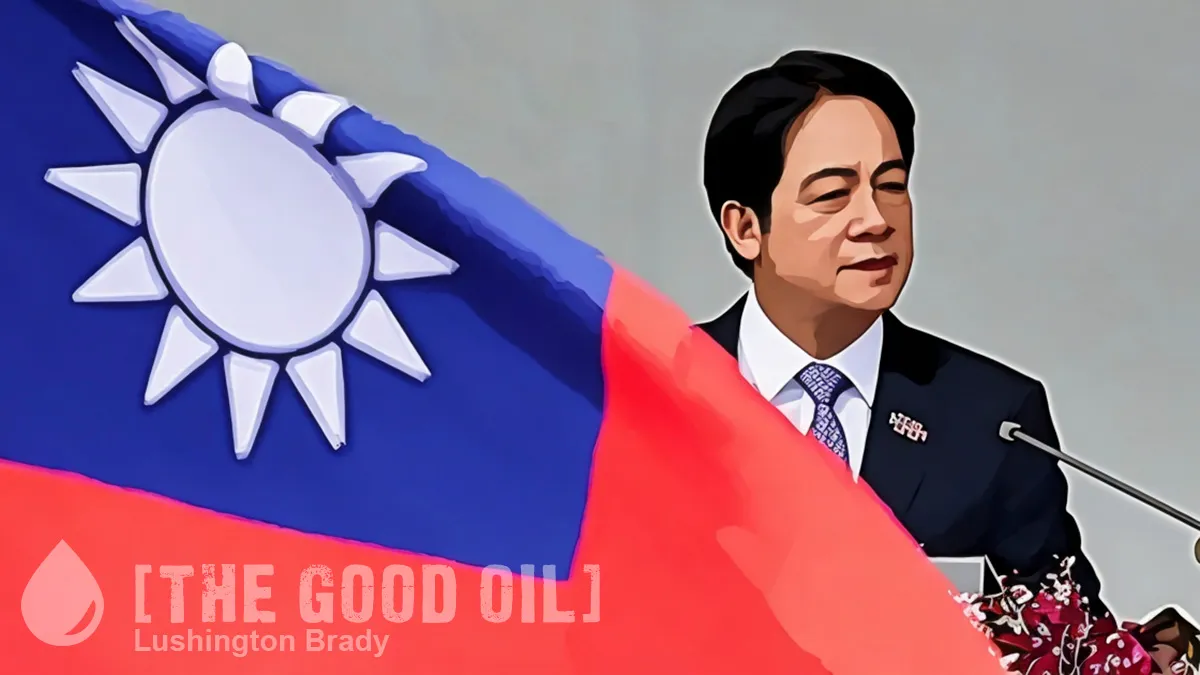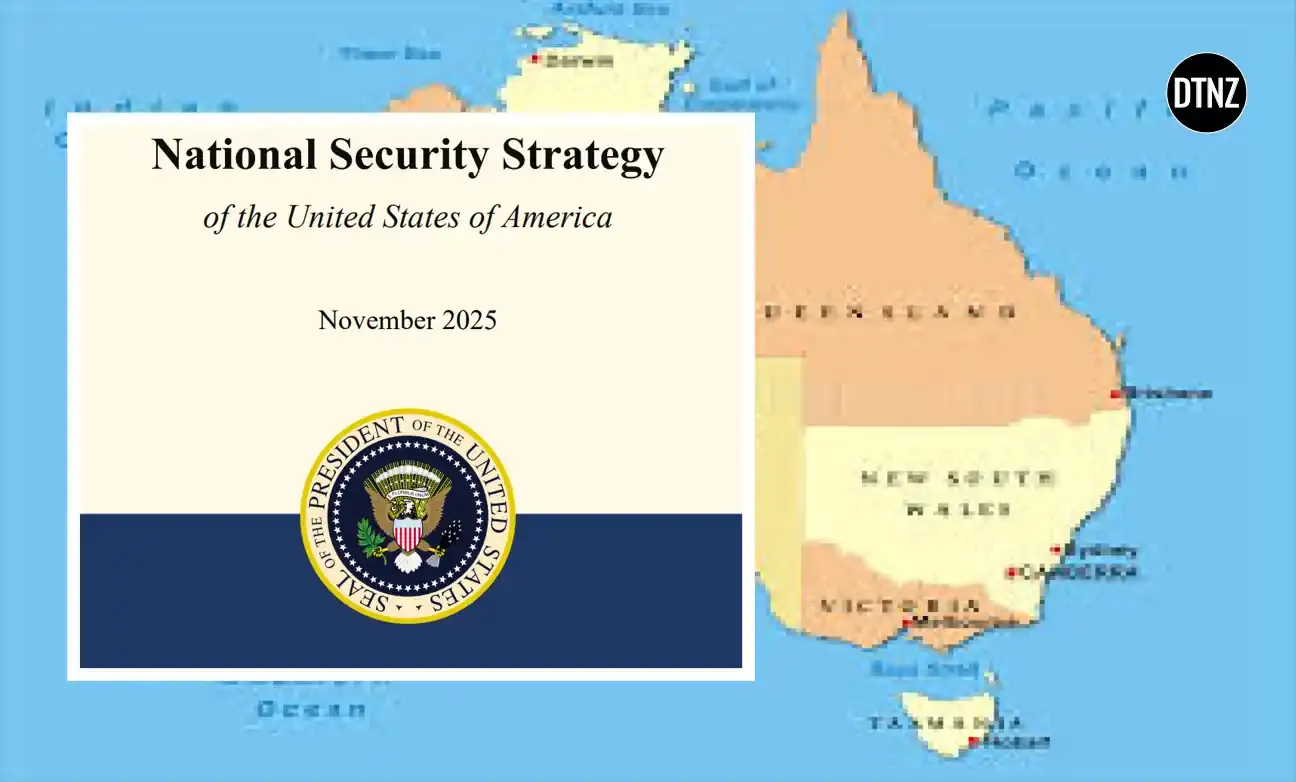A newsreel shot during the North Africa campaign of WWII showed the famous Rats of Tobruk frying an egg on the hood of their vehicle. Even today, police on patrol in the Simpson Desert in Western Queensland can do the same.
But all that’s a bit too much to expect from today’s military — at least, if some of the sooky-la-las hiding behind desks are to be believed.
Climate change could render parts of northern Australia almost unliveable, throwing into doubt the feasibility of crucial military bases, a group of leading Defence figures has warned.
Which is odd, because the Aborigines have managed just fine over tens of thousands of years of fluctuating climate, from cold periods, to periods probably warmer than today. And they didn’t even have air-conditioning.
In a report, Too Hot to Handle: The Scorching Reality of Australia’s Climate-Security Failure, the group said key government documents, including last month’s national Defence strategy and the 2023 Defence strategic review, had made only tokenistic and fleeting references to climate change risks.
Perhaps because they’re too footling to be alarmed about, unlike these screeching Chicken Littles?
The government’s 10-year Defence spending plan, released last month, allocated up to an extra $18 billion over the next decade for bases in northern Australia, an already hot region that is especially vulnerable to rising temperatures.
The security leaders’ group found that with a 2.7-degree average rise in global temperatures, some of Australia’s most important military assets would be subjected to “near unliveable” extreme heat.
The United Nations warned in 2021 that the world was on track for a “catastrophic” average 2.7-degree rise by the end of the century if countries did not reduce their carbon emissions.
Except that that’s not at all what the UN said. “Scenario 3” is in fact their “middle of the road” scenario, with emissions remaining the same until mid-century, until falling over the rest of the century. Even then, the temperature in this scenario isn’t forecast to rise much above the present until the last decade or so of the 21st century.
Soldiers with 1940s gear could not only survive, but fight a legendary campaign against one of Hitler’s best generals, in searing temperatures hot enough to literally fry an egg. Yet, we’re expected to believe that soldiers with near-22nd century technology will somehow curl up and die?
Extreme temperatures would make military training exercises and maintenance operations difficult, if not impossible, it said, raising the question of whether some bases would need to be relocated south to cooler locations.
Sydney Morning Herald
Somebody be sure to ask the enemy nicely to only invade comfy, cooler places.
Now, to supply Defence personnel with nice, cosy slippers and woolly jumpers. That’ll show ‘em.
The Chinese must be quaking in their boots.









